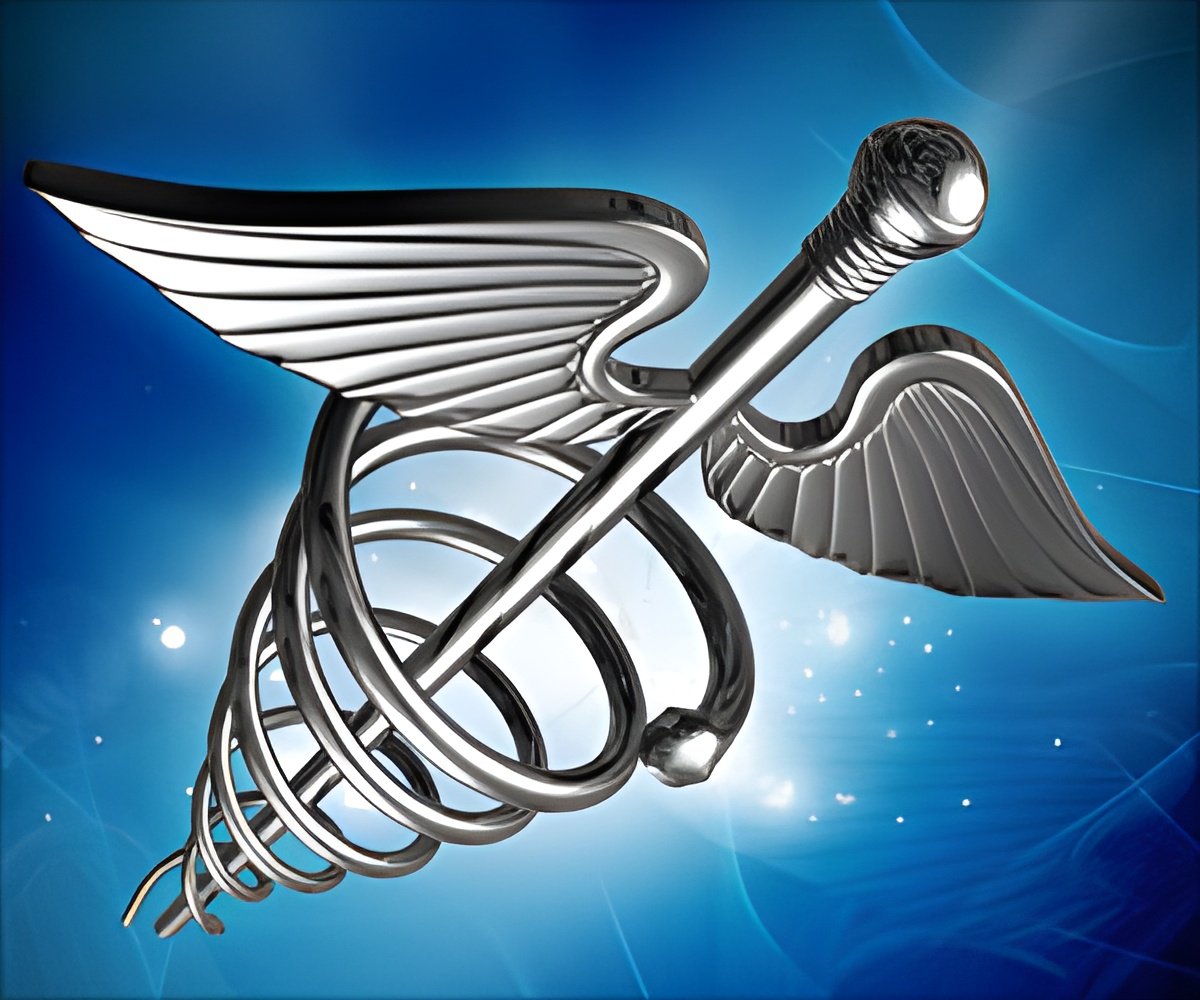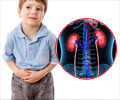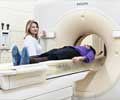
9,233 patients (55%) were examined with whole-body CT after admission to hospital. It takes between 3 and 6 minutes on average to conduct such an examination. 1,821 (11%) patients were in severe shock and 4,280 (26%) in moderate shock. Patients in shock who were diagnosed with whole-body CT showed significantly lower mortality rates. Furthermore, risk-adjusted mortality showed that the observed mortality in severely injured patients in shock was significantly lower with whole-body CT than the expected mortality, as compared to patients without whole-body CT. These calculations were based on the Revised Injury Severity Classification Score (RISC) which is a precise prognostic score in trauma care.
The authors conclude that their current concept in trauma care is justified and furthermore found interesting hints regarding emergency treatment and requirements for trauma centers. According to their results, the chance of survival in shock is increased by more than 25% if whole-body CT is performed. In spite of the supposed time delays caused by whole-body CT, the comprehensive knowledge of the complete injury pattern enables targeted life-saving emergency treatment. Strongly bleeding injuries can therefore be localized exactly and treated precisely. The cause shock can thus be detected quickest and most accurately.
Professor Peter Biberthaler, MD, Director of the Department of Trauma Surgery at University Hospital Klinikum rechts der Isar emphasizes: "With the required expertise, this innovative concept will probably lead to further decreased mortality rates of major trauma patients in the future."
Source-Eurekalert










